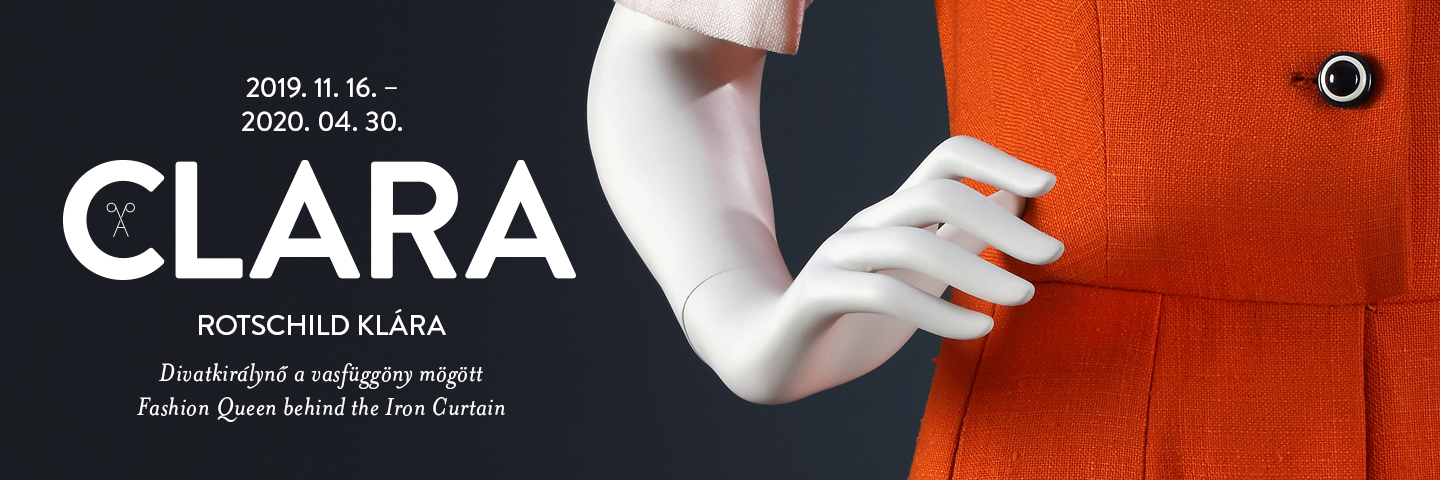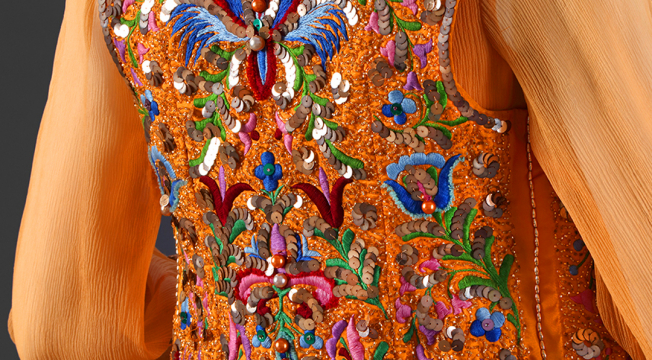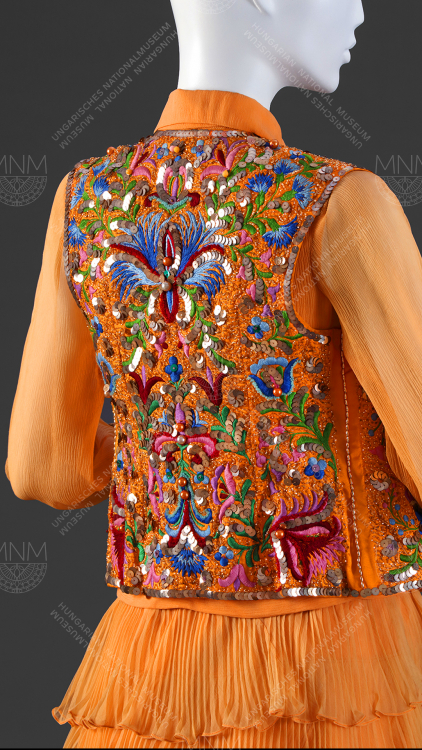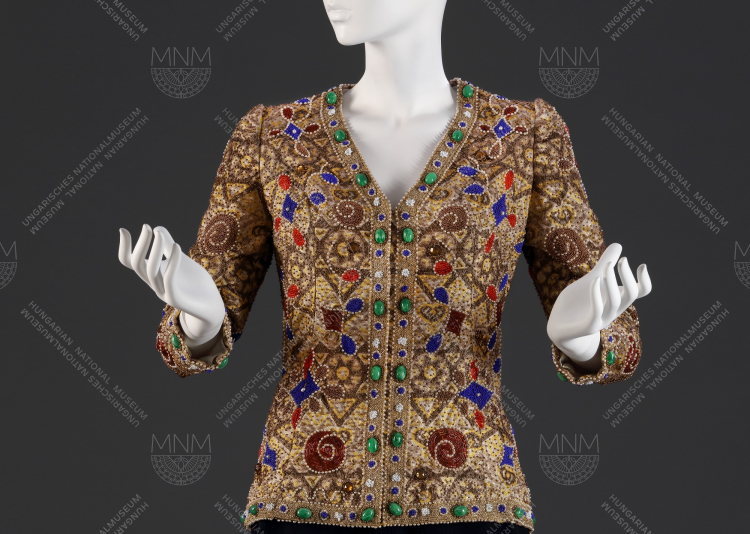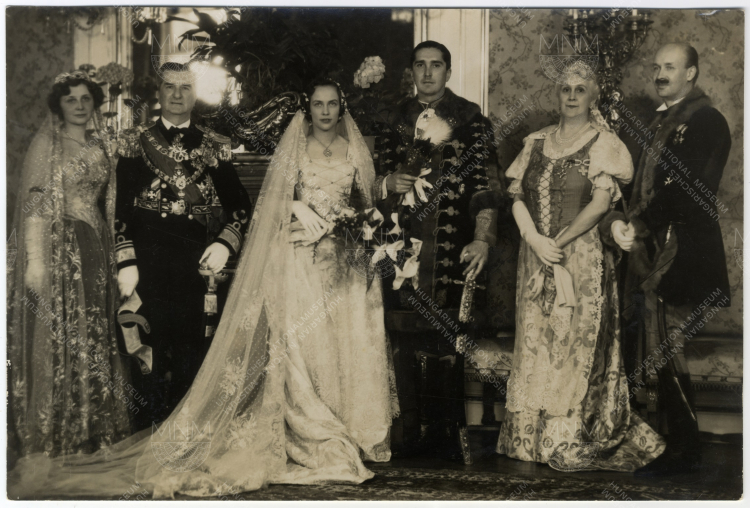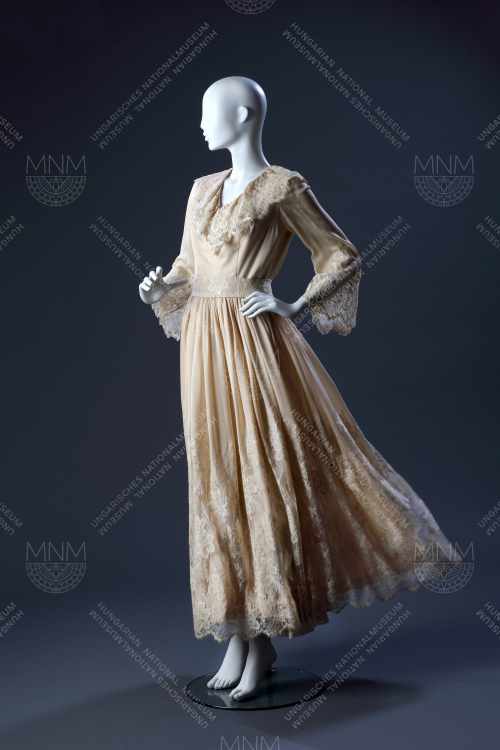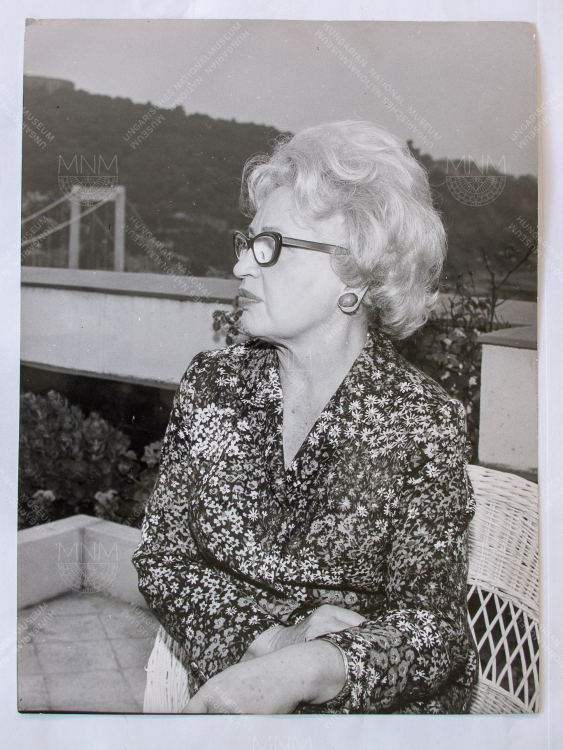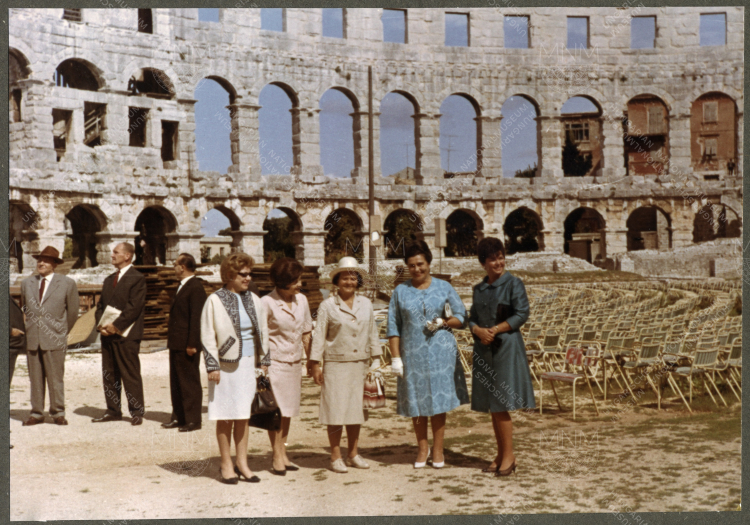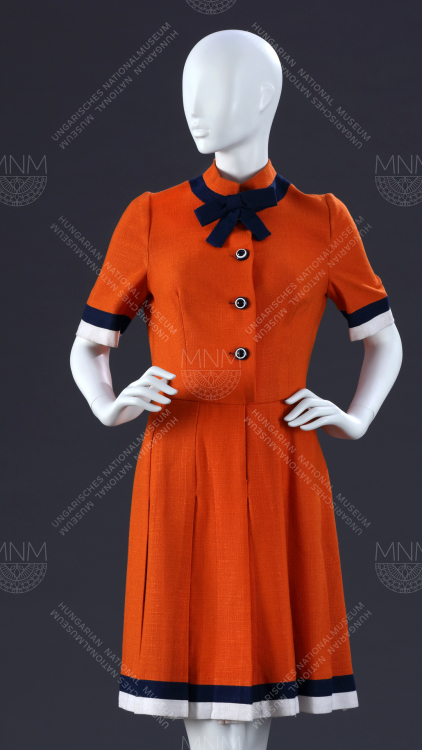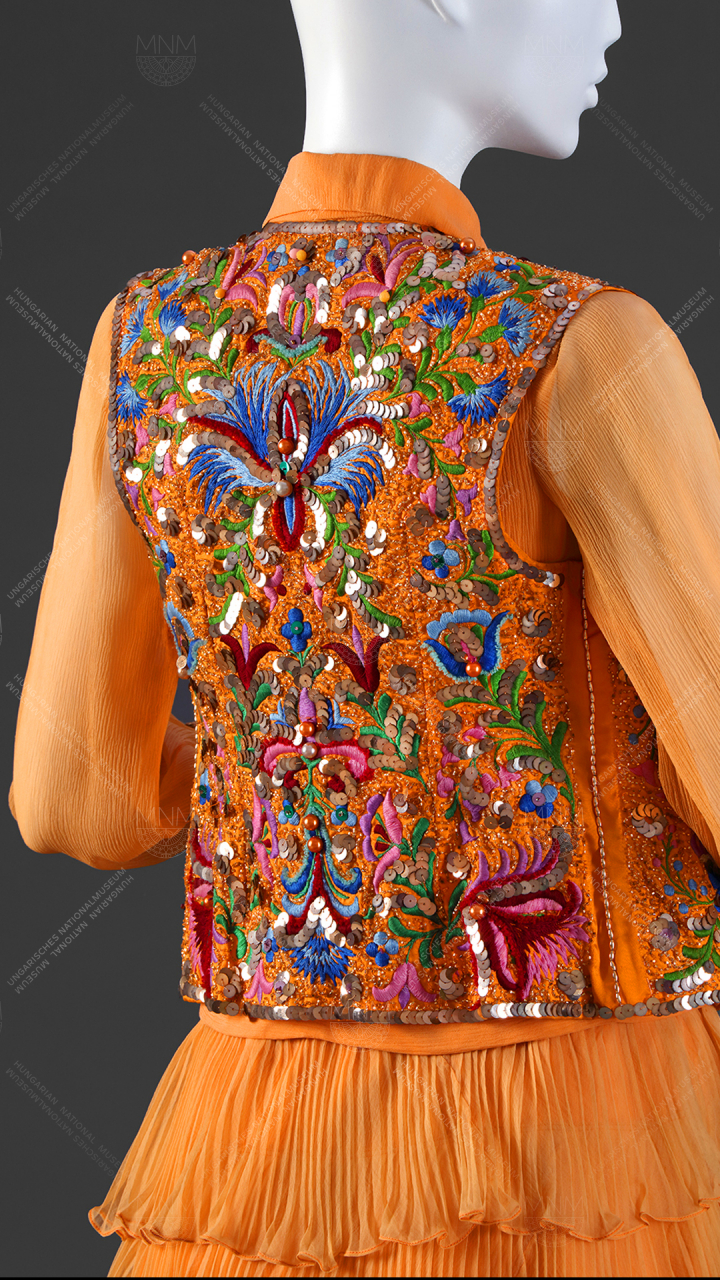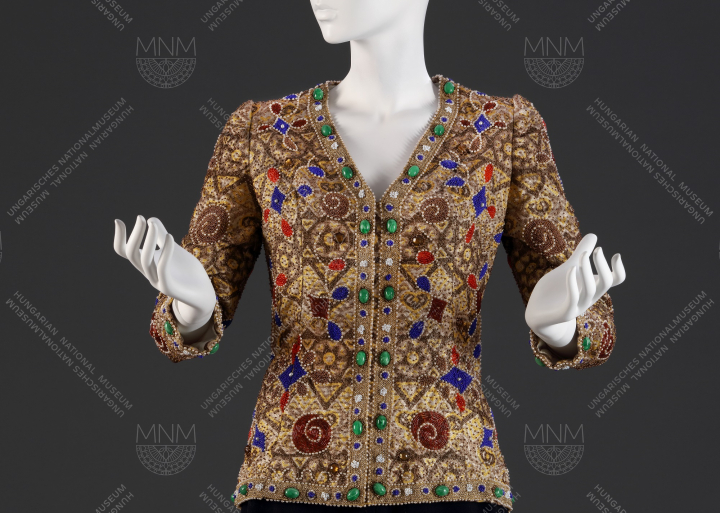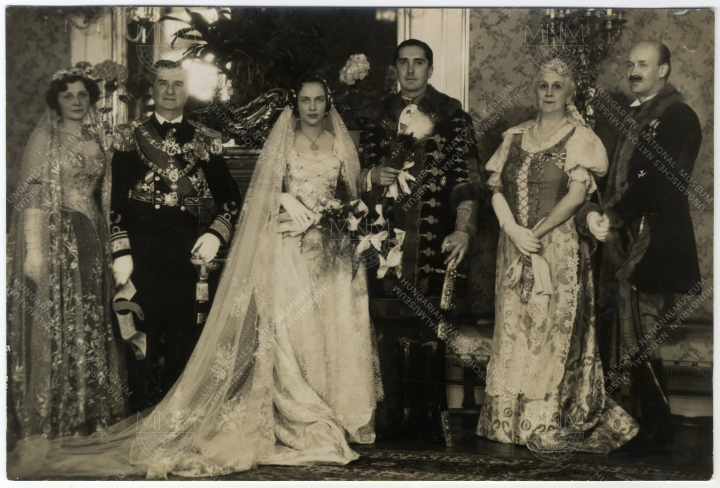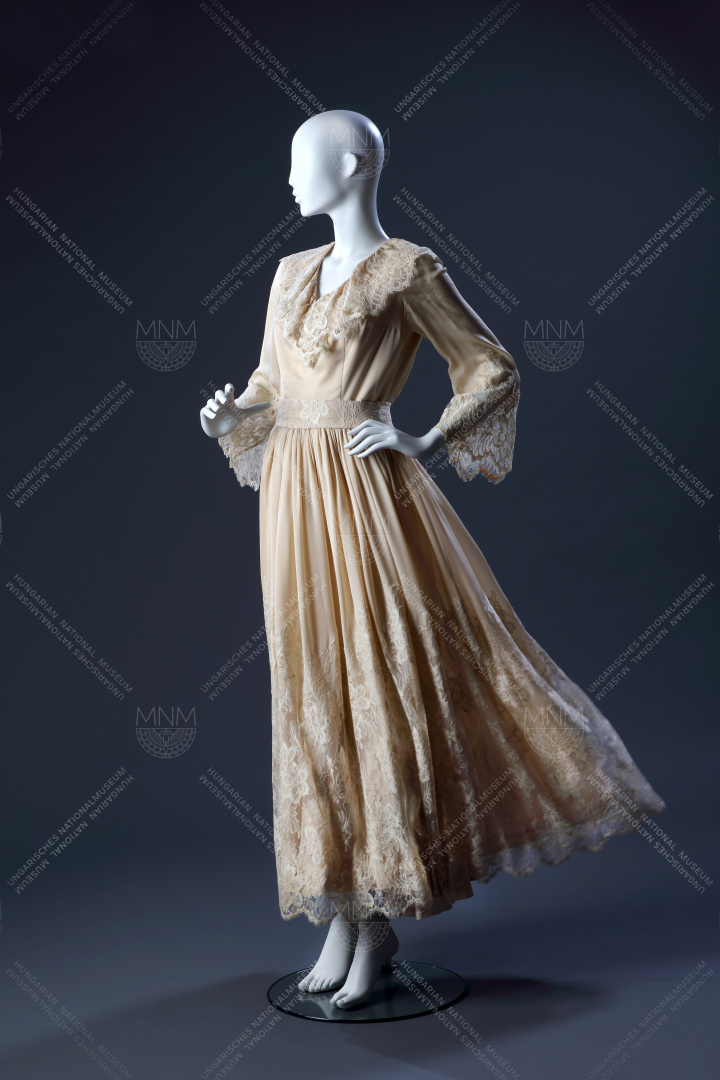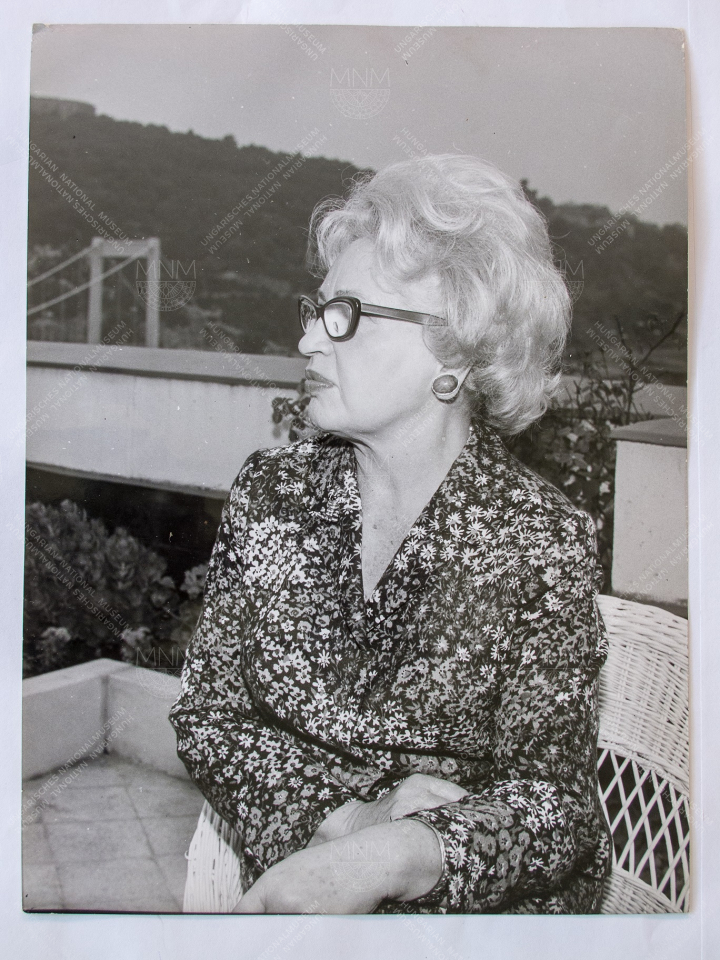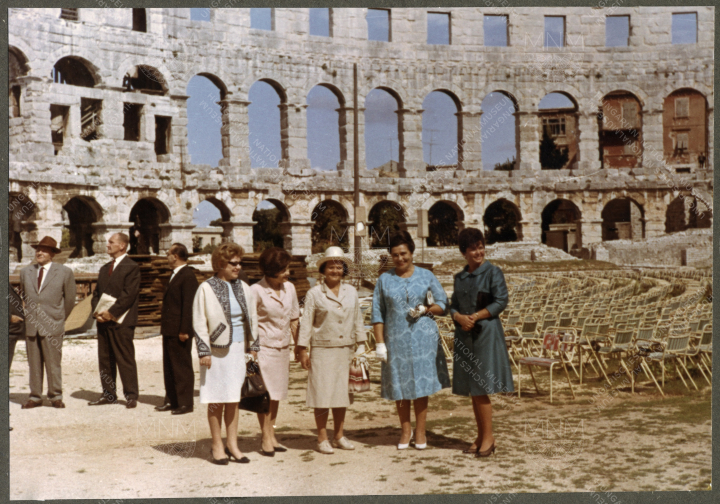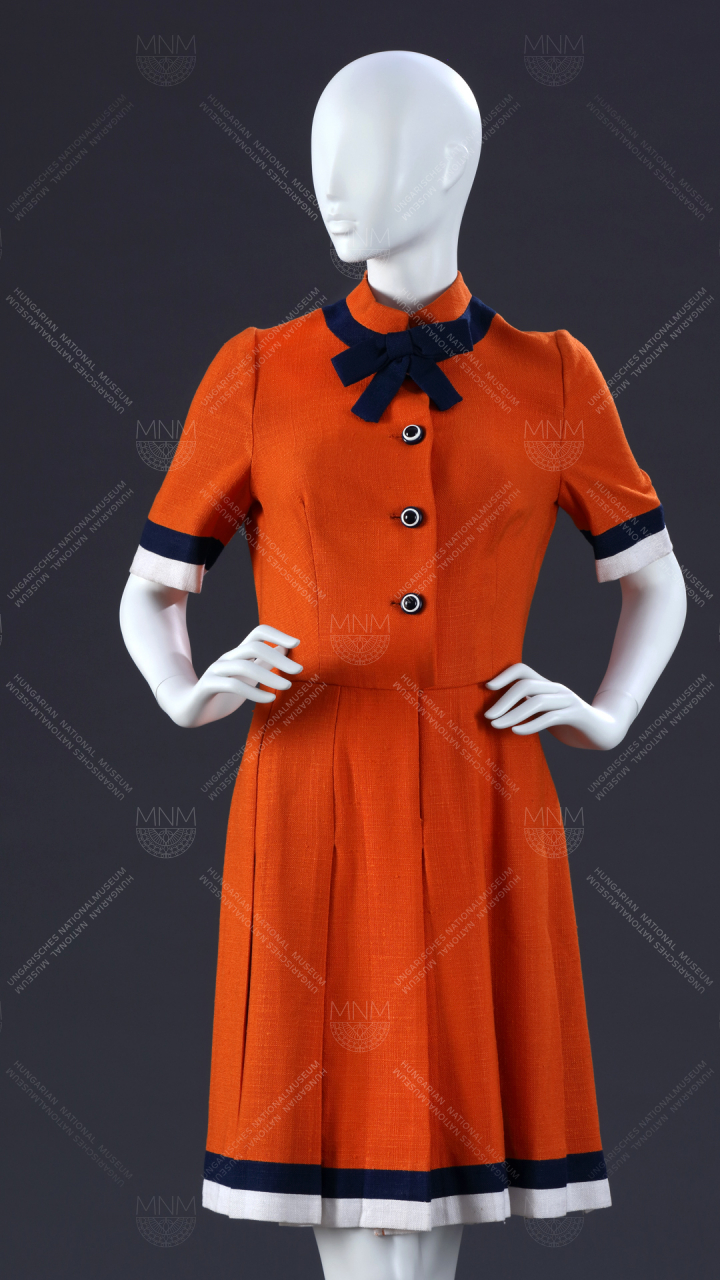
Klára Rotschild - Fashion Queen behind the Iron Curtain
Klára Rotschild embodied fashion, elegance, quality and luxury for decades. She acquainted Budapest with Paris, and familiarized the world with Budapest. The salon of Klára Rotschild became emblematic in Hungary soon after it was established between the Great Wars. She dressed up aristocrat ladies of the mid-war Horthy-era, and designed clothes for Faruk Egyptian king’s mother, Nazli and her sisters. She created the wedding dress of István Horthy’s (son of the regent of Hungary) bride for the occasion of the prime wedding of the decade. Furthermore, Jacqueline Almássy, the wife of Cartier, the internationally acclaimed French jeweller was also on the list of clients.
However, most miraculously the fame of the Rotschild-salon lived on undeterred also later behind the Iron Curtain. Even though a name change was inevitable, the sparkling realm of the Exquisite Lady Dress Salon remained under her conduct. Perfectly beyond the reach of the ranks and file due to its price list, the shop ‘smuggled’ a Parisien flair, the luminosity of the Paris fashion houses into the dim and dull Budapest everydays after the onset of the 1950s.
Not only wives of diplomats, the Hungarian political, economic and academic elite, but also artists and high-ranking foreign guests were attracted to her salon. Notorious for her austerity, the wife of Kádár, the Secretary of the Hungarian Communist Party also paid a visit. Nevertheless, the clientele included the wife of Andrej Gromiko, the Soviet Foreign Minister, the wife of Farah Pahlavi, the Shah of Iran as well as the most famous artists of Hungary such as Irén Psota, Klári Tolnay, the wife of Endre Szász, madam Lula, Hédi Váradi, Annie Fischer, Margit Kovács, Mari Törőcsik and Judit Halász.
The most frequent client of the salon was Jovanka Broz, the wife of Tito, nicknamed the ‘Jackie Kennedy’ of the East. In her absence a legendary dummy served to aid the tailoring of the new models.
How could Klára Rotschild attain and maintain her privileged position? How was it possible that she alone of the mid-war dress salon owner celebrities could, albeit partially reconquest her empire after 1945? How could she afford to travel twice annually from public monies to Paris in search for new inspiration, and to purchase new dresses for her elite fashion shows in Budapest? What really made her one of the most exciting and unique personalities of the 20th century Hungarian fashion history?
Ildikó Simonovics, fashion historian, the curator of the Rotschild-project devoted several years to research the above questions, and now highlights the major stages of Klára Rotschild’s life, rich in legends and mysteries.
Portraying a real female success story as well as a significant period of 20th century Hungarian fashion history, the exhibition relies on a comprehensive source of colleagues, clients, family members, vintage photos and motion pictures and, perhaps most importantly, dresses created at the Rotschild salon.
The temporary exhibition picturing the life and work of Klára Rotschild will be on display in the main building of the Hungarian National Museum and the Geraldine House. A new scene of display, the Kertészház (Gardener’s House) invokes her life story, the world of her salon and workshop, while the Museum Rotunda houses a section of wedding dresses.
